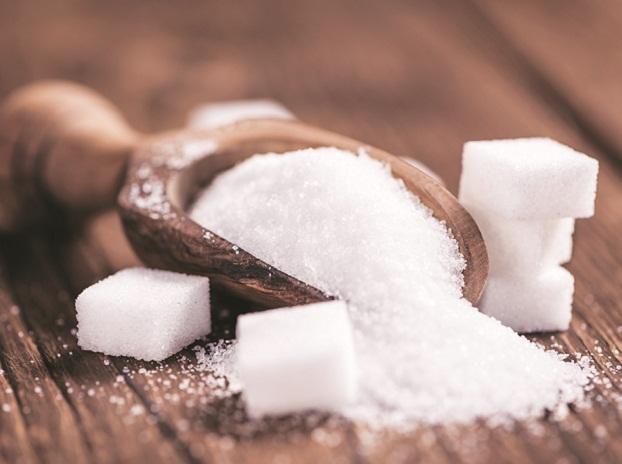How Does Sucrose Affect the Gelling Properties of Agar Agar
Facebook
트위터
LinkedIn

【Summary】
Agar is insoluble in cold water and soluble in hot water. It is a hydrocolloid extracted from algae such as Geldium and Gracilaria.
Adding different concentrations of Sucrose can increase the gel strength of Agar Agar, and the optimal use level of sucrose is 1.5%~16.0%. Exceed or below, the gel strength will decrease.
Agar Agar is a hydrocolloid obtained by extracting algae such as Geldium and Gracilaria from Pretreatment with alkali solution, water washing, boiling with a weakly acidic solution, filtering to remove impurities, solidification, dehydration, drying, and grinding.
Agar Agar is insoluble in cold water and soluble in hot water. It has unique industrial importance. It can form a fairly stable gel even at as low as 1%. It is a necessary raw material for the food industry, chemical industry, and medical research. If used in food production, it could not only change the texture of the food, but also improve the quality of the food. In addition, Agar Agar can also be used to make laxatives or other appetite-suppressing products.
BUT, How does Sucrose affect the gelling properties of Agar Agar?
Sucrose, also "Sugar", a disaccharide, which is formed by condensation and dehydration of a hemiacetal hydroxyl group of glucose and a hemiacetal hydroxyl group of fructose. Sucrose is sweet, odorless, soluble in water and glycerin, and slightly soluble in alcohol.
Now, let’s keep the concentration of Agar Agar at 1.5%, and test the effect on gel strength by adding different concentrations of sucrose.
The addition of sucrose has a significant effect on increasing the gel strength of the Agar Agar. When added in a small amount (less than 1.5%), the gel strength of the agar is slightly decreased. ↓
However, in the range of 1.5% to 16.0%, the gel strength increased rapidly with the increase of sucrose concentration, and reached the maximum value, and the strength increased by about 37%. ↑
As the sucrose concentration continues to increase, the gel strength of the Agar Agar gradually decreases. ↓
Then what about the effect of water retention performance?
It is very interesting that the water holding capacity of Agar Agar is significantly improved.
And you may also ask what about the effect of viscosity and transparency?
In the concentration range of 0~10%, the viscoelasticity is basically unchanged, and the transparency has an increasing trend.
WHY?
The addition of a small amount of sucrose molecules hinders the cross-linking of the Agar Agar molecules, resulting in a weakening of the network structure, so the gel strength of Agar Agar is slightly reduced;
With the increase of concentration of sucrose, the hydration of the sucrose molecule itself is significantly enhanced, so that the free water in the gel is reduced, and the gel network is tightly bound, so the gel strength of Agar Agar is enhanced;
When the sucrose concentration continues to increase, the Agar Agar gel is affected by the non-gelling sucrose molecule, and the gel strength decreases again.
지노 바이오테크 소개

당사는 혁신적이고 기술적인 식품 첨가물 하이드로콜로이드의 연구, 개발 및 상용화를 전문으로 하는 생명공학 기업입니다. 한천 한천, 카라기난 그리고 맞춤형 안정화 솔루션.
하이드로콜로이드의 연구, 적용 및 사용에 대한 광범위한 노하우와 경험을 바탕으로 원스톱 쇼핑을 제공할 수 있습니다. 맞춤형 솔루션 고객의 요구사항에 완벽하게 부합합니다.
우리의 제품 육류, 유제품, 베이커리, 제과 및 기타 산업 부문의 요구 사항을 충족합니다.





